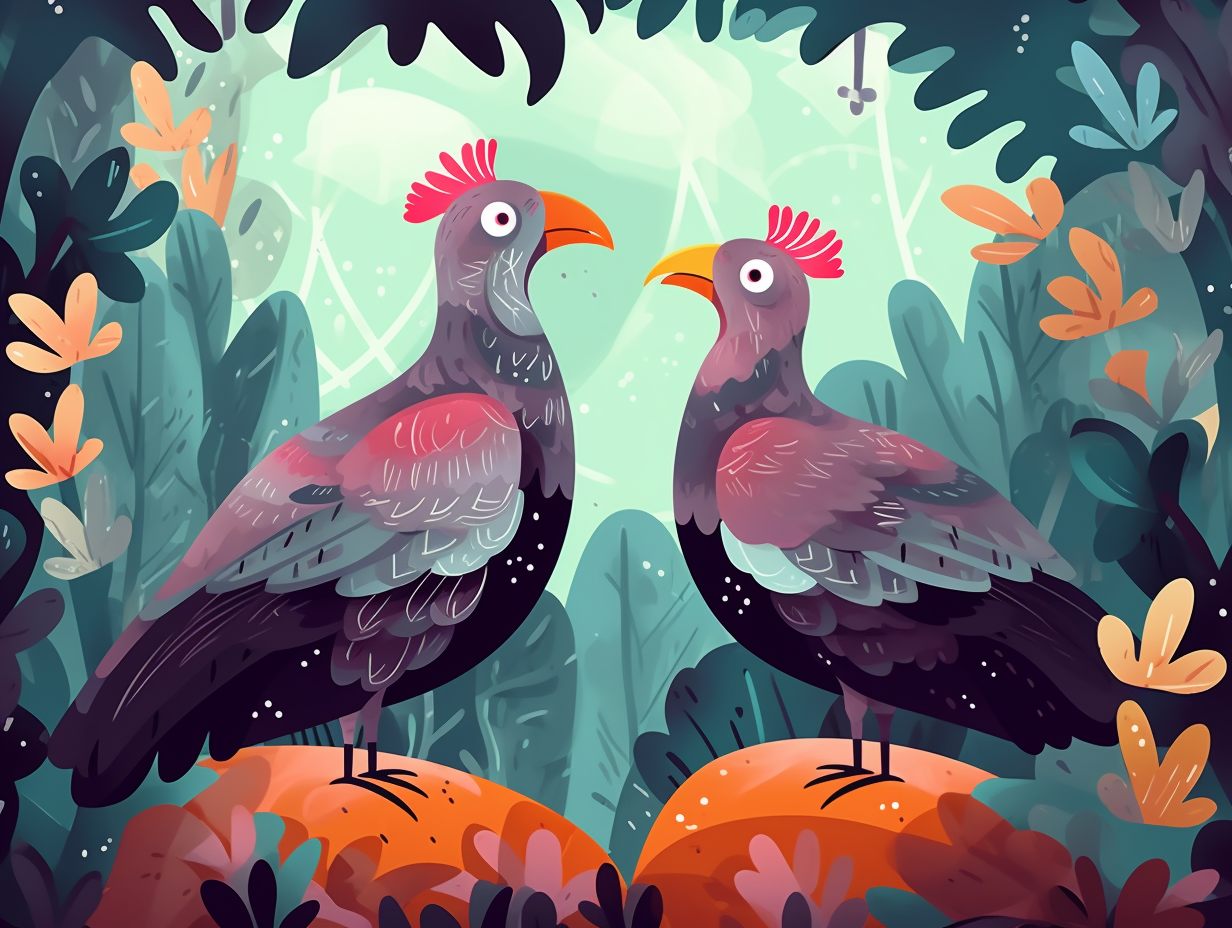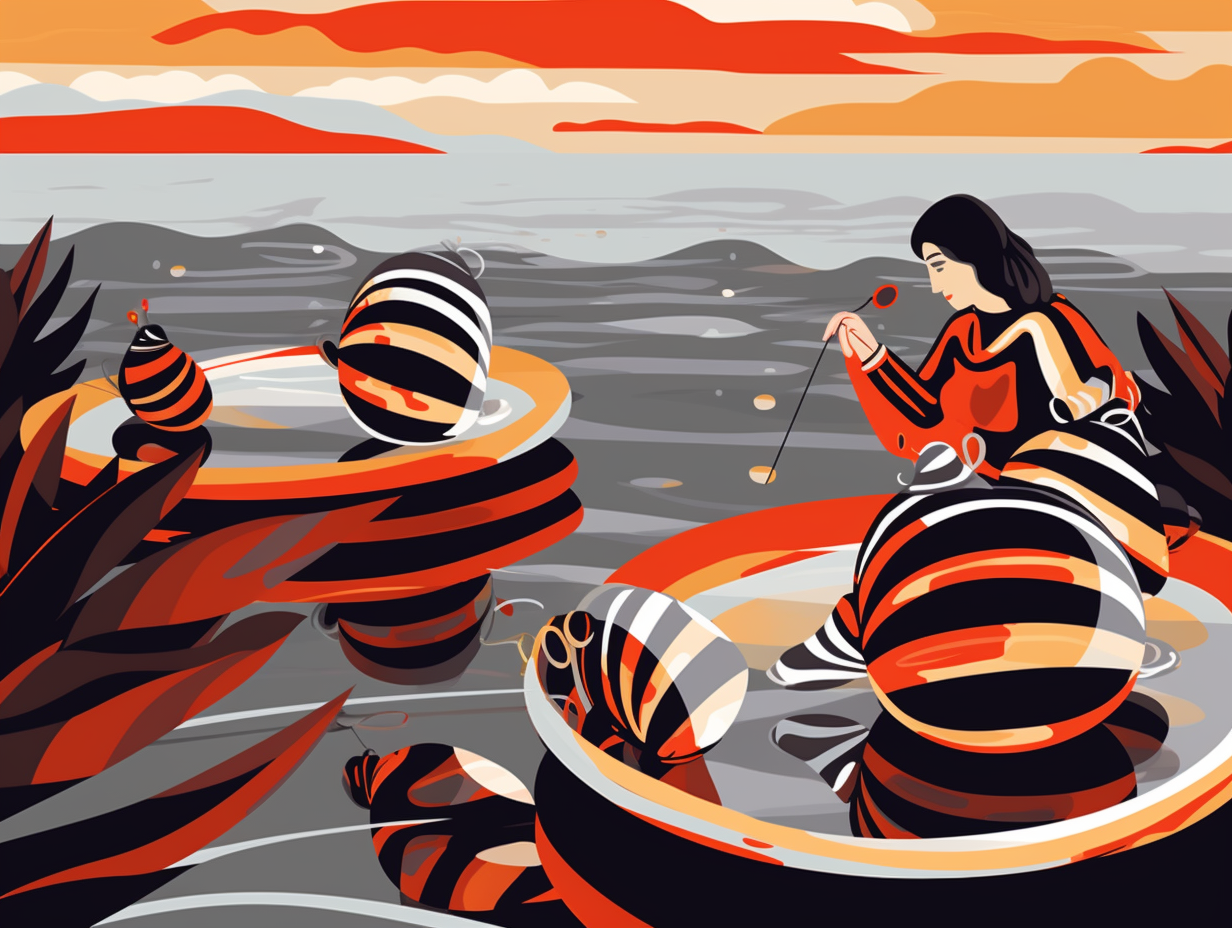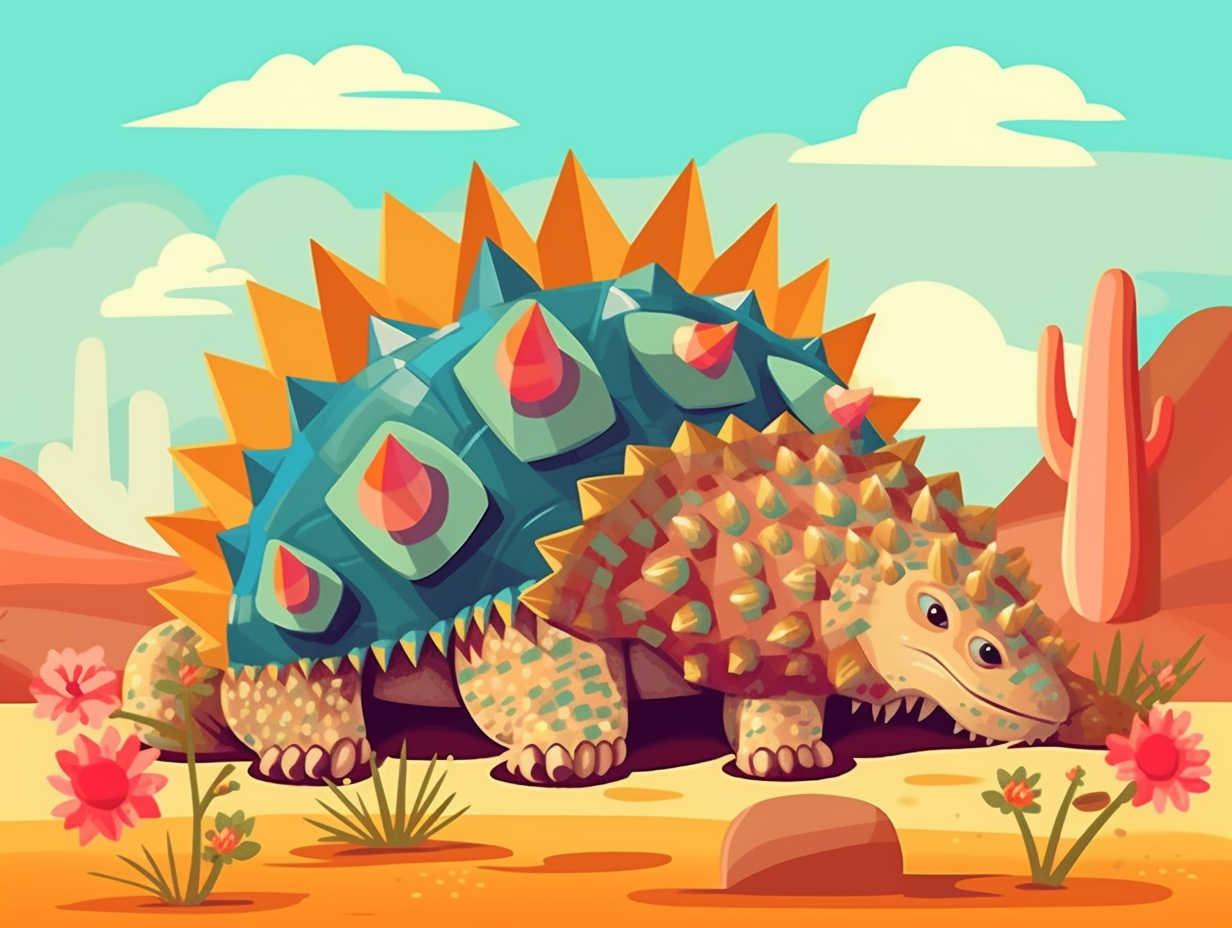Discover the Unexpected: Top 9 Fascinating Invertebrate Fun Facts to Amaze You!
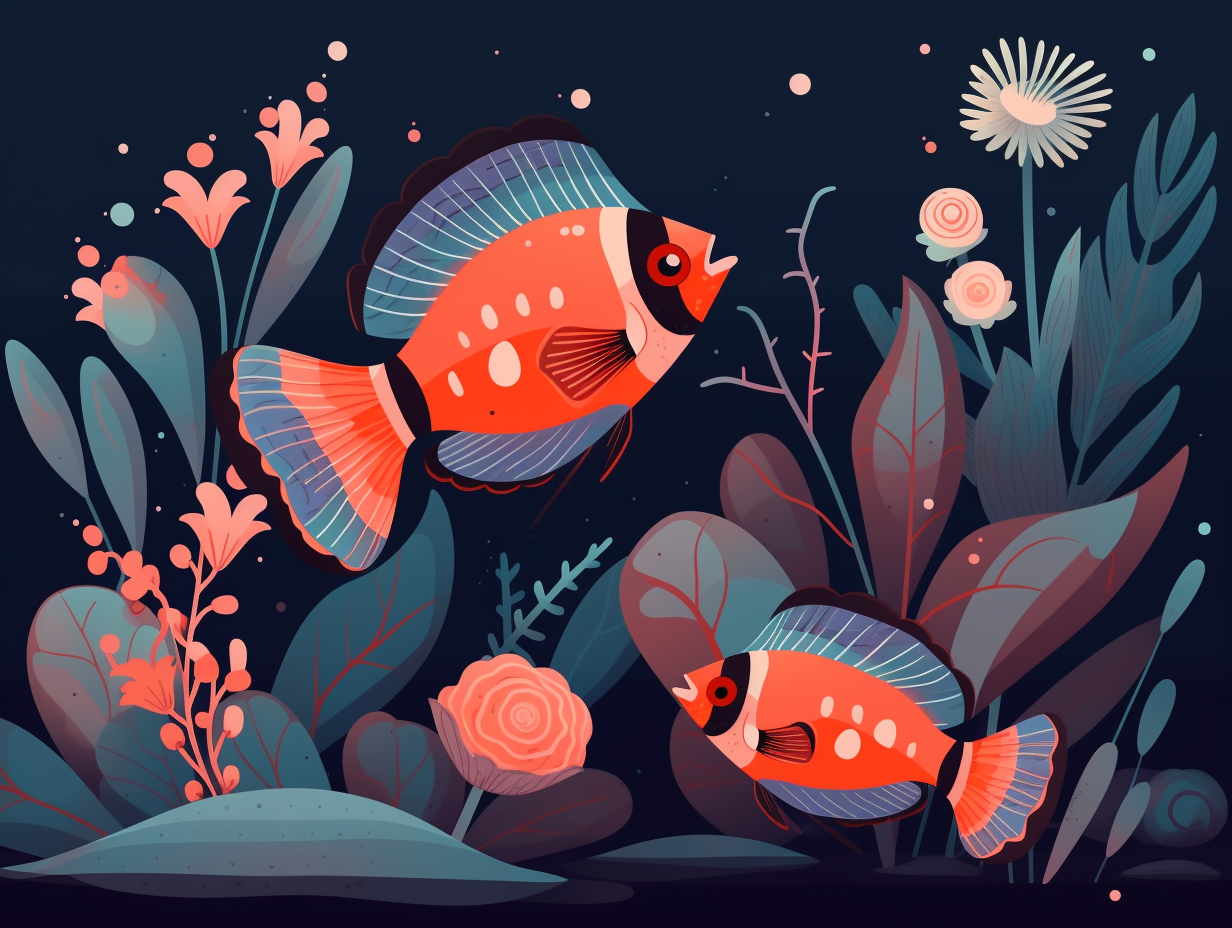
1. Starfish Regeneration
"Next time you're feeling like a one-armed starfish, remember: you might need a bit more than a high five to bounce back like they do!": Contrary to popular belief, a starfish cannot grow an entire new body from just a single arm - they require their central disk to be intact in order to regenerate lost limbs, or even their whole self, a process that can take over a year to complete. It's this remarkable regenerative ability that has scientists starry-eyed and seeking potential therapies for repairing human cells and tissues.
Source => en.wikipedia.org
2. Butterfly Foot-Tasters
Who needs hands when you've got feet that taste like an old-timey sommelier? Butterflies and moths, nature's fanciest foot-fetishists, have transformed their tootsies into mini master-tasters: they use their feet to sense and taste surfaces they land on, helping them figure out if it's the right spot for laying eggs or finding nutrients, while their impressive proboscis – up to 10 inches long – is saved for sipping nectar like the fine wine connoisseurs they are.
Source => rangerrick.org

Did you know a single honey bee only lives for six weeks and produces just 1/12th teaspoon of honey? Yet, an entire hive can travel 40,000 miles to make one pound! Discover more fascinating facts about these hardworking insects. 🐝✨
=> Fun Facts about Animals
3. Octopus Leg Adaptation
No need for a leg to stand on, dear cephalopods: octopuses have it sorted with six arms and a clever way to adapt two limbs as legs! The serious reveal: A study by European Sea Life scientists found that these eight-tentacled wonders use their two rearmost limbs for locomotion on the sea bed and to propel themselves, while the other six expertly assist in feeding and swimming. What a tentacular adaptation!
Source => telegraph.co.uk
4. Invertebrate Reproduction
You know what they say: there's safety in numbers, and in the world of invertebrates, they've taken this motto to heart – and multiplied like there’s no tomorrow! Seriously, though: there are around 1.25 million known species of invertebrates, with experts estimating the actual number falls anywhere between 5 and 30 million. This rapid reproduction allows them to adapt and thrive across diverse environments, making them the epitome of "going with the flow" in the animal kingdom.
Source => nationalgeographic.com
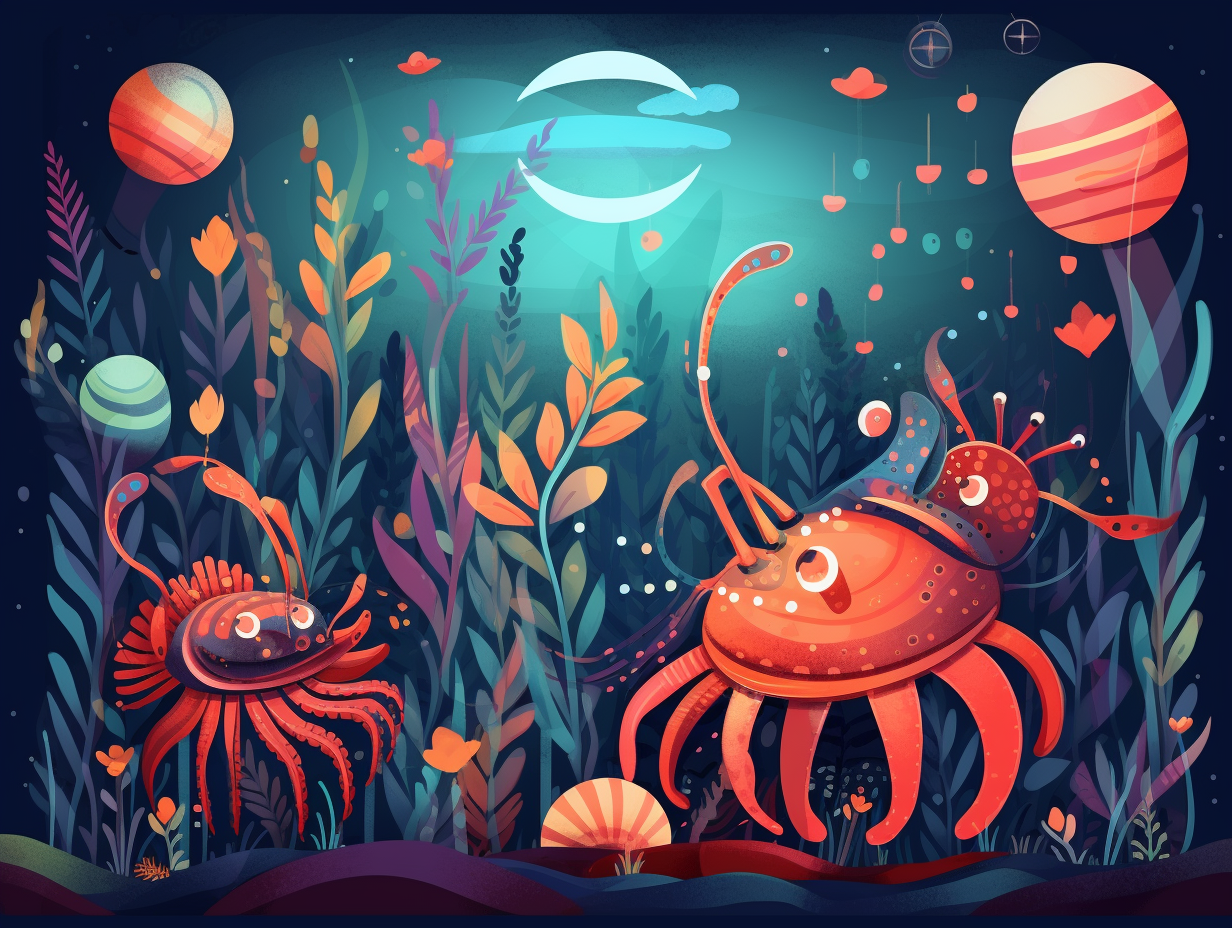
5. Cuttlefish Shapeshifters
Move over, Transformers, there's a real-life shapeshifter in our oceans, and it doesn't need CGI to show off its skills: Cuttlefish possess a natural ability to rapidly alter their color and texture for communication and camouflage, earning them elite status in the animal kingdom's very own Decepticon squad.
Source => reed.edu
6. Squid Color-Camouflage
Squid have a flair for fashion that would make even your favorite Instagram influencer envious: these stylish cephalopods can change their color to match their environment, a phenomenon known as color-camouflaging, increasing their survival rates by blending seamlessly with their watery backdrop.
Source => nerdist.com
7. Jellyfish Tentacle Vision
Who needs brains when you have tentacular vision? Jellyfish might just be the underwater masters of getting by without gray matter: Despite their lack of brains, these squishy sea-dwellers can detect movement and even discern colors using their tentacles, thanks to their specialized eyespots known as rhopalia.
Source => marinepatch.com
8. Crayfish Limb Regrowth
Lend me your ears, or rather your pincers, for nature's crustaceous chiropractor is at hand: Crayfish can regenerate limbs and, when they lose a limb, autotomy kicks in to shed and regrow a mini-version in minutes, eventually reaching its full size!
Source => adoptandshop.org
9. Honey Bee Mating Drama
Talk about a one-night stand with deadly consequences: Male honey bees, known as drones, mate with the queen mid-flight, and in the process have their endophallus torn from their body, which remains attached to the queen. The poor chaps who survive this ordeal are still banished from their home, having fulfilled their single reason for existence. On the bright side, the queen has the power to decide if an egg will be fertilized or not, turning it into a female worker bee or another queen, while the unfertilized ones become male honey bees.
Source => orkin.com
Related Fun Facts















